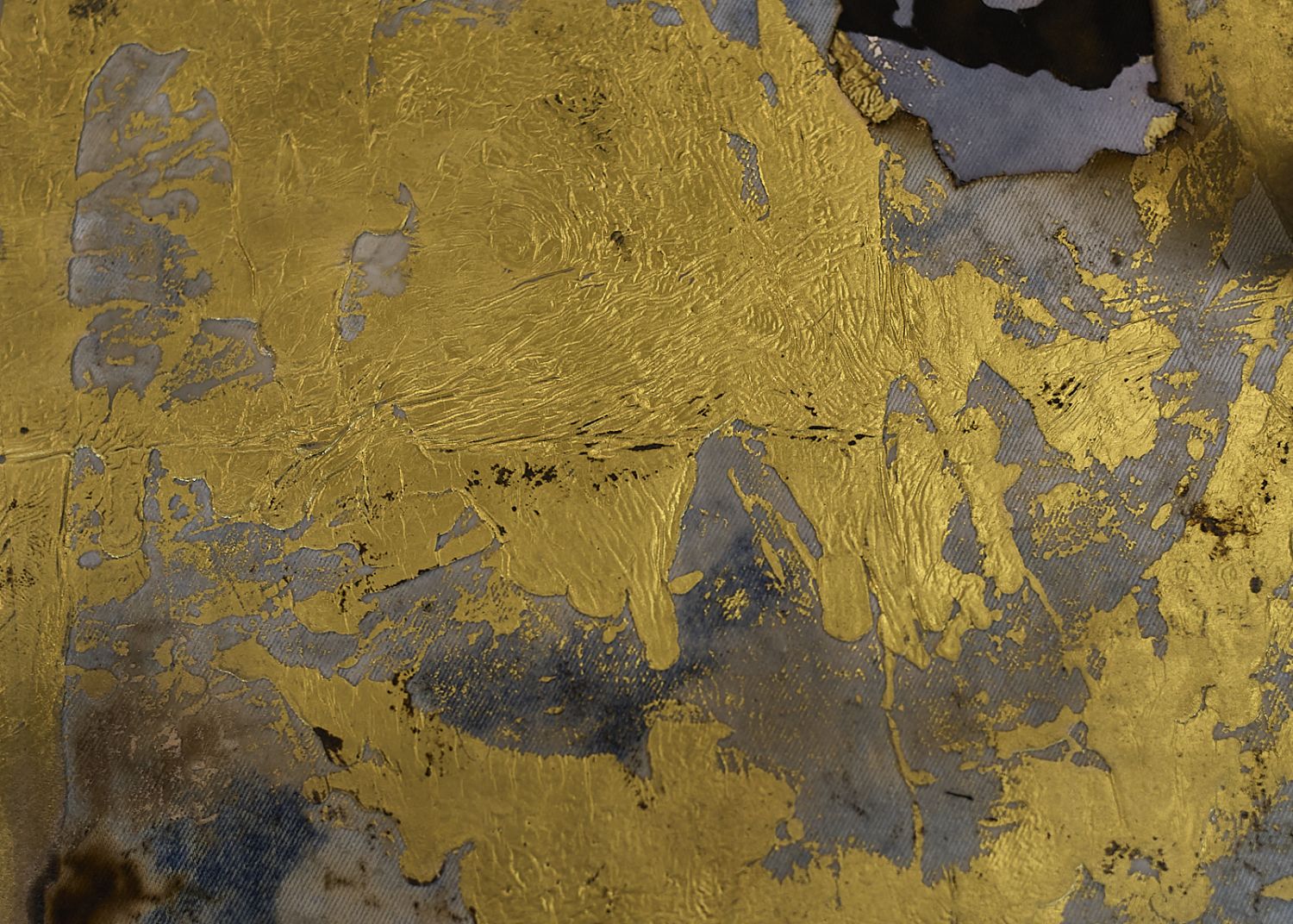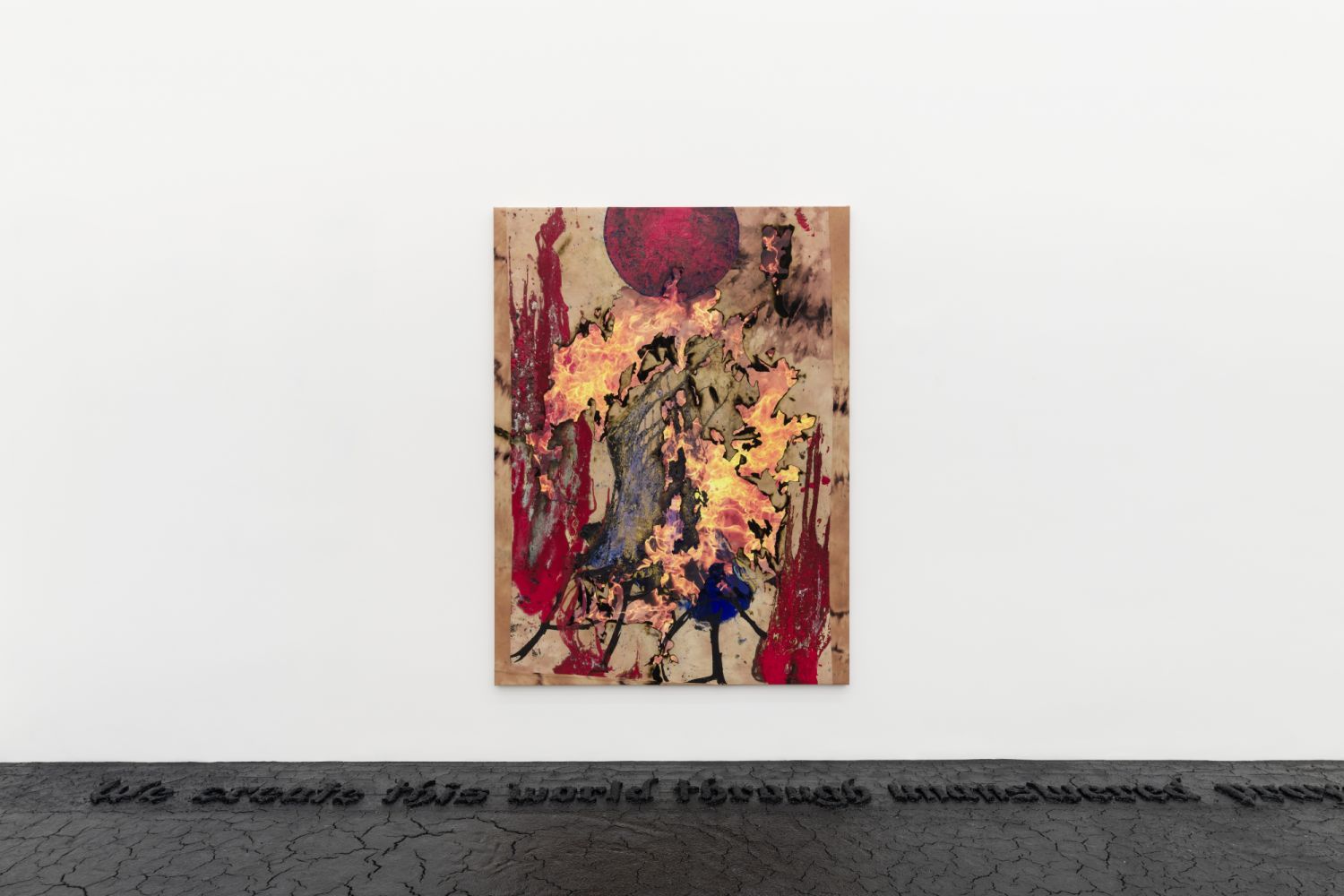Korakrit Arunanondchai is one of the most sought-after artists of his generation by institutions and collectors alike. He tells Tatler why he believes in collaboration and empowering the collective
During the pandemic, Korakrit Arunanondchai confirmed a suspicion he’d harboured for some time: he doesn’t deal well with isolation. “I can’t be alone,” the 36-year-old Thai artist admits. “In me is the inherent nature, a desire, to be and work with people.” To join a group and be a part of something is very much in, and the main motivation behind, his art.
The idea of the collective is ever present in his visualisation of gatherings. Scenes in his films range from denim-clad youth walking the streets of Bangkok to half-naked figures emerging slowly from a lake, then dancing around a fire as if performing a ritual. The latter is from his film Songs for Living (2021), which was on display in Seoul in autumn 2022 at Art Sonje as a part of his solo exhibition Songs for Living/Songs for Dying. Consisting of two films, the works are the result of the artist’s experience during the pandemic and reflect overarching themes across his practice; specifically life cycles, which he evokes by portraying animism, mythological symbols and references, lost histories, obscured memories, and notable mass protests throughout history.

Songs for Dying was the result of the artist contending with the loss of his grandfather in 2020. Clips of the older man’s final days in the hospital are interspersed with imagery of ghosts, shamans and Thailand’s 2020 mass protests. “It’s a very personal, documentary-style work: the most personal I’ve made so far”, says the artist.
Older footage from 2010 of the artist walking along a beach with his grandfather, who was suffering from Alzheimer’s, also makes its way into the video, shot a year before massive, near-apocalyptic floods consumed Thailand. Taken from the artist’s 2012-2555 (2012), which he made for his MFA thesis at New York’s Columbia University, the footage is shown in the context of an installation: a replica of a standard Thai funeral, which explores the idea of the world ending in 2012, which translates to year 2555 on the Buddhist calendar. The work was shown at MoMA PS1 in 2014 in New York, where it caught the attention of the international art world.
A recurring theme of fusing the personal and political, reality and fiction into one narrative is consistent throughout the artist’s work; through his grandfather’s experience of suffering from Alzheimer’s, he alludes to the faulty way in which history is constructed and taught. The footage and imagery in his films, which are presented together with personal clips of his family, see the artist trying to “fill in the gap of my [grandfather’s] experience, through experiencing memory loss”.






